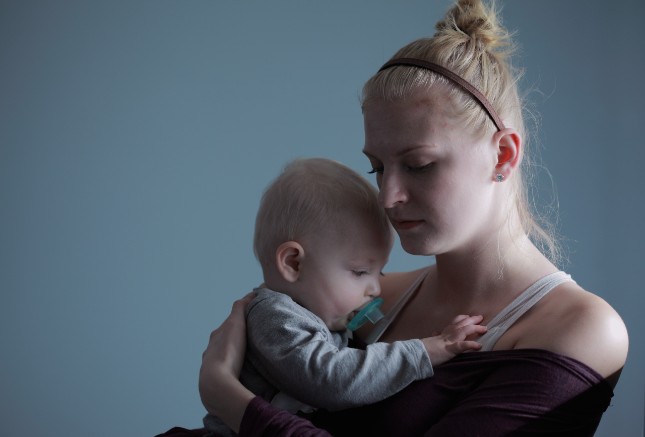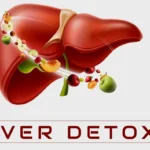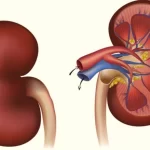What is thrush in babies?
Thrush is a yeast infection in the mouth and tongue. It occurs when a yeast called Candida albicans begins to form in excessive amounts in the mouth of the child or infant. This infection can be transmitted between mother and baby during breastfeeding. It is a common infection Thrush in Babies.
Causes of Oral Thrush in Babies
Candida occurs naturally in our mouth and digestive system and is controlled by a strong immune system and good bacteria. When it gets out of control, Candida grows and causes infection. There may be the following reasons for Candida enlargement:
- A semi-developed immune system, which makes premature babies more vulnerable
- A course of antibiotics that destroys good bacteria
- Using steroid drugs
- Vaginal birth, when children acquire the vaginal candida that is naturally present in the vagina
- Mother in nipple thrush
Apart from the breastfeeding mother and child, oral thrush is not transmitted from person to person. A mother who has had a nipple thrush, her baby may get an infection, and the baby may go to the mother’s oral thrush through breastfeeding. Symptoms of nipple thrush infection are:
- Pain after breastfeeding
- Cracked nipples or areolas
- Changes in the appearance of nipples or areolas
In such cases, both mother and child should be treated, so that they do not infect each other with the disease.
Symptoms of Thrush in Babies
- White and velvet blisters in the mouth and on the tongue
- Blood can come on wiping the blisters
- Redness in mouth
- Rash wearing diapers
- Changing mood such as irritability
- Also, some infants do not feel any symptoms in this condition.
Symptoms of thrush in the mother include-
- Nipples have a dark pink color and feel pain with cracks
- Pain during and after breastfeeding
- Diagnosis of thrush in children and infants
Doctors can detect thrush by looking at the baby’s mouth and tongue. Blisters are easy to detect. Sometimes, doctors can take a sample of infected tissue and examine it through a microscope for diagnosis. If a yeast called Candida albicans is found in this test, then the thrush in the child is confirmed.
Causes of thrush in children and infants
Usually, some germs live on our bodies. Some of these germs are harmless while some can cause infection. Thrush occurs when a yeast called Candida albicans begins to form in excessive amounts in the baby’s mouth.
You already know that some bacteria and fungi grow naturally in our bodies. Our immune system helps to monitor these germs, but the immune system in infants is not fully developed. For this reason, a high amount of yeast is formed easily in infants.
Thrush often occurs when the mother or child takes antibiotics. Antibiotics treat infections caused by these bacteria. They can also eliminate good bacteria, which can increase the risk of yeast growth.
This yeast thrives in hot and humid parts, so there is a high risk of the baby’s mouth and mother’s nipples getting affected by yeast infection. This infection can also occur on the part of the baby where the diaper is used.
Treatment of Thrush in Babies
- The infant and child may not need treatment. Often the thrush resolves on its own in a few days.
- Doctors may prescribe anti-fungal medication for the treatment of thrush.
- There is a yeast infection on the mother’s nipples, the doctor may prescribe a medicine or anti-fungal cream.
- If both the mother and her child have had an infection, both need to be treated simultaneously. If both are not treated at the same time, the infection can spread from child to mother and mother to child.






